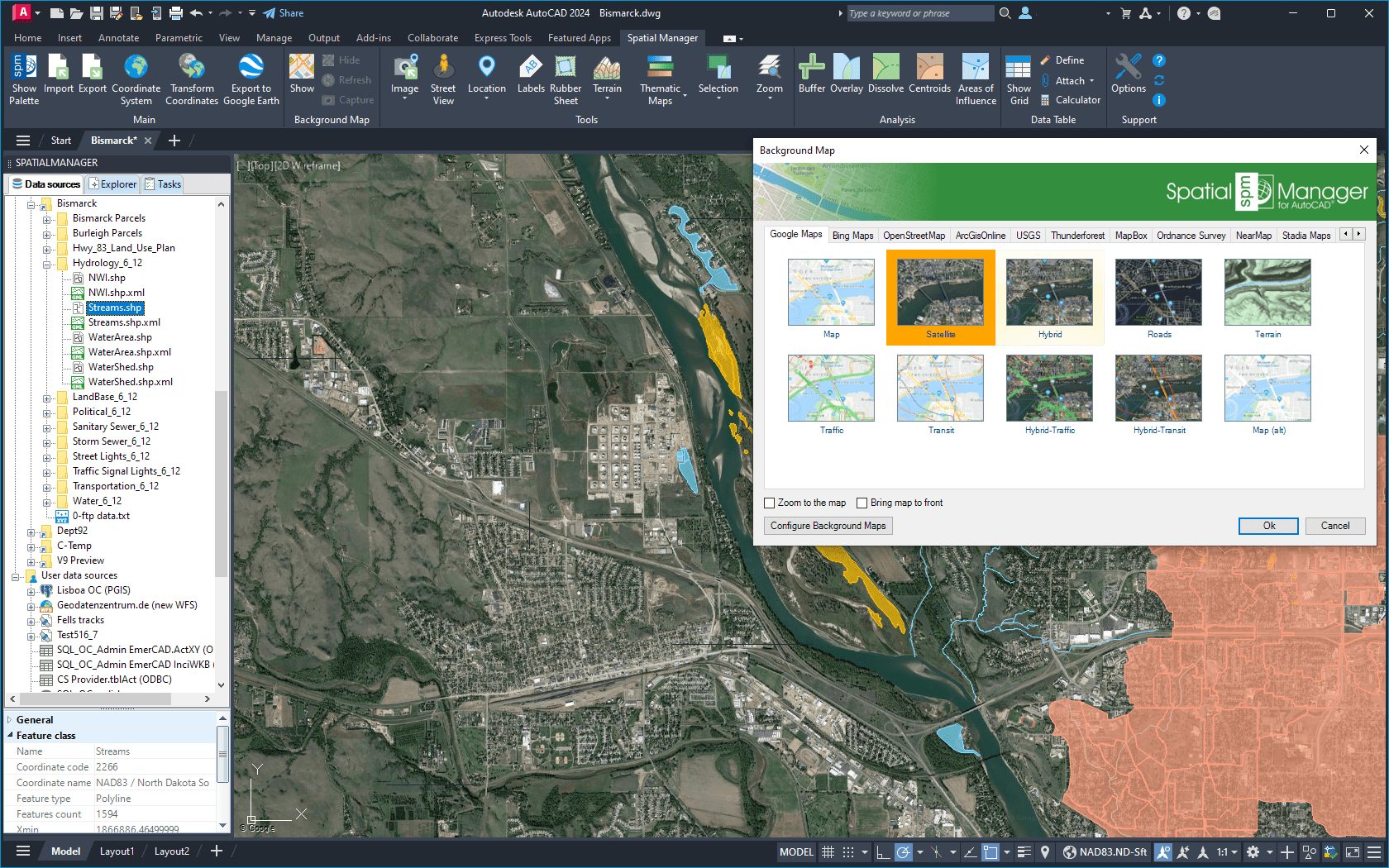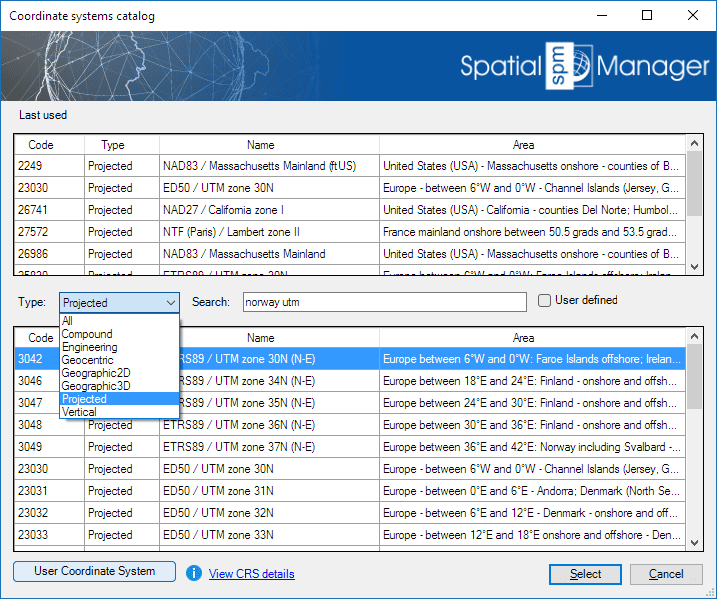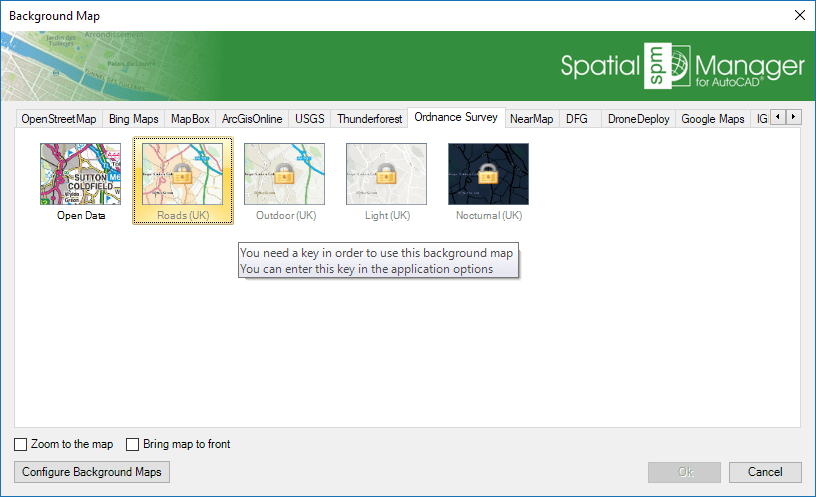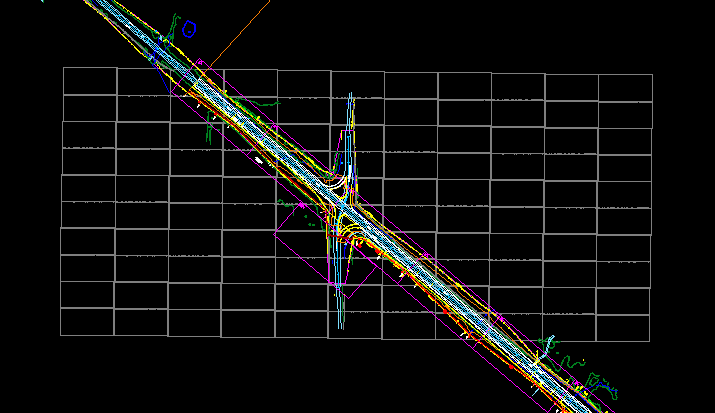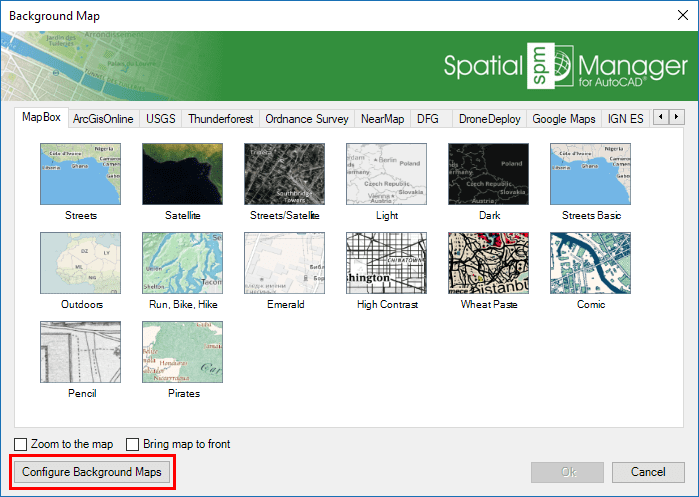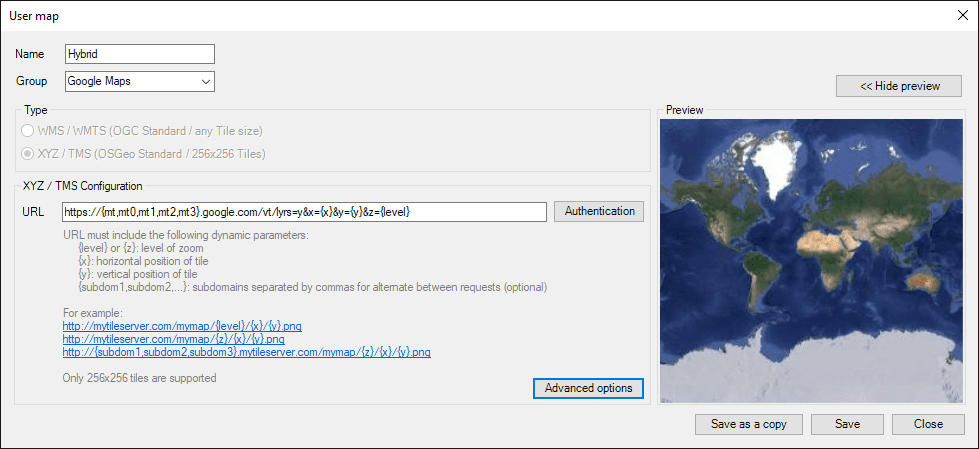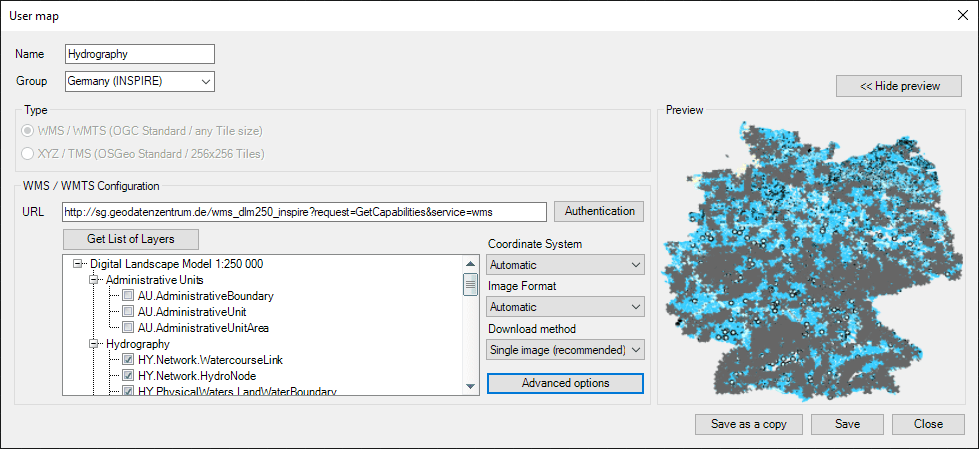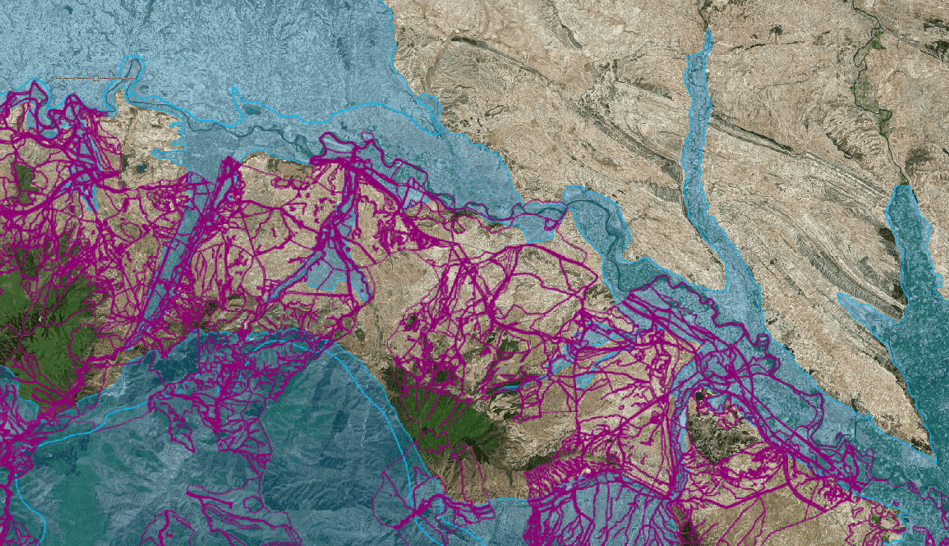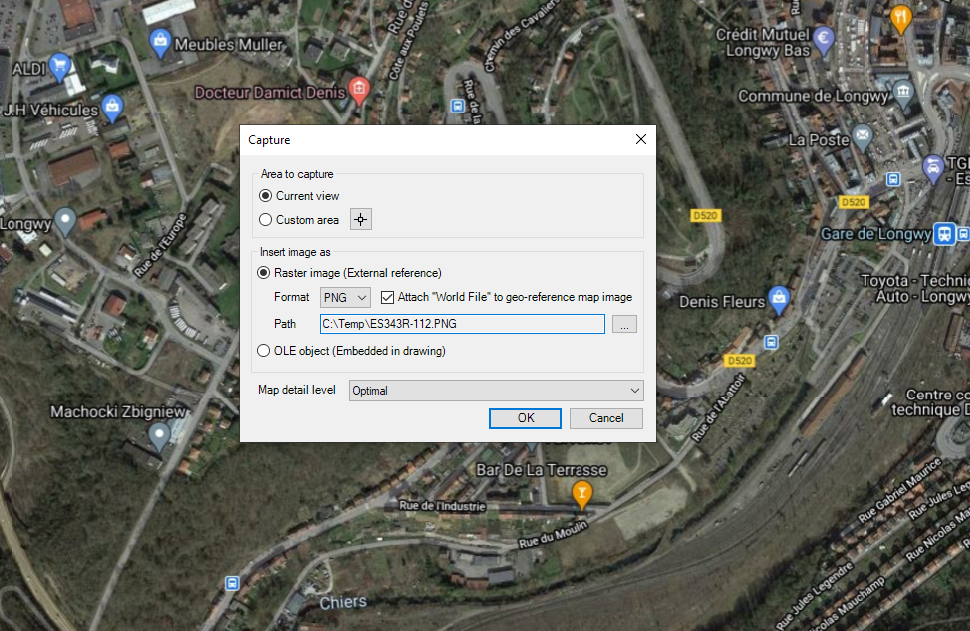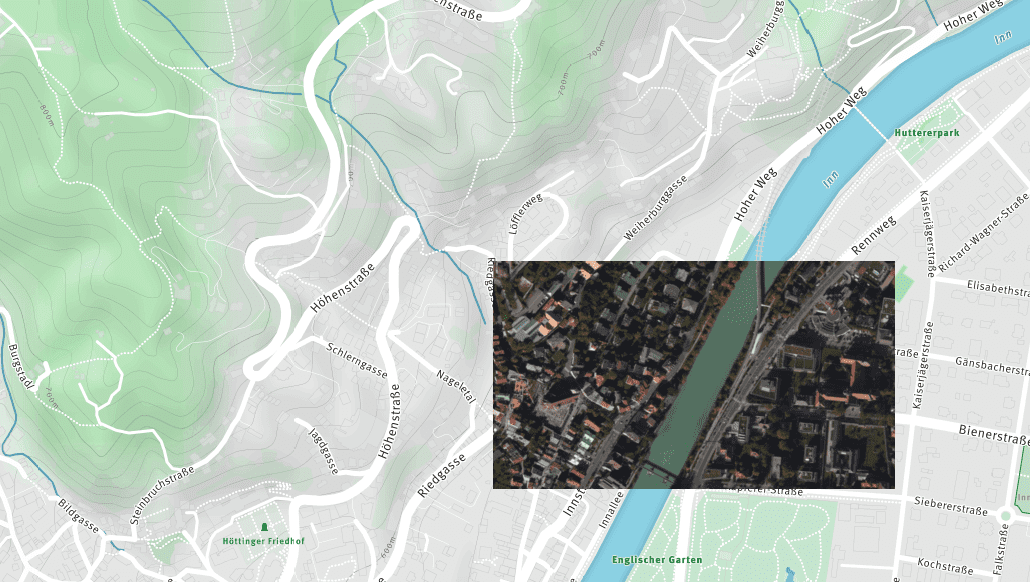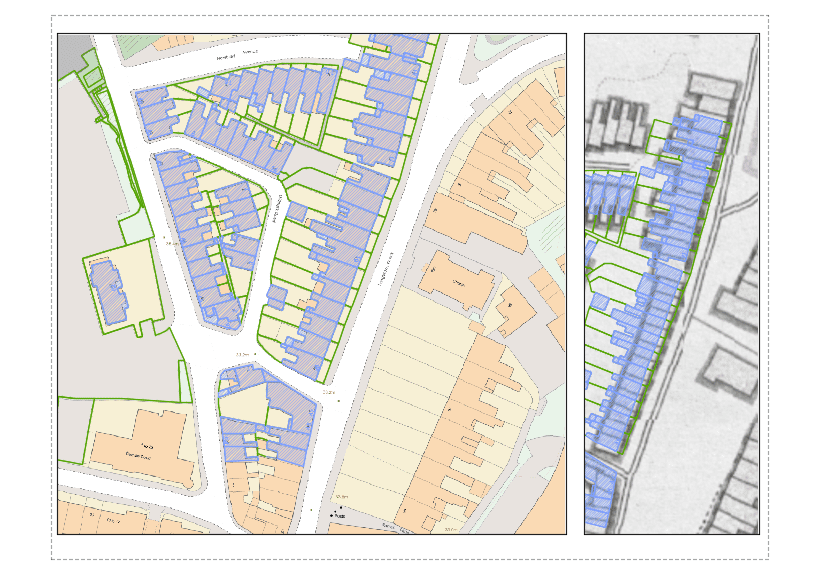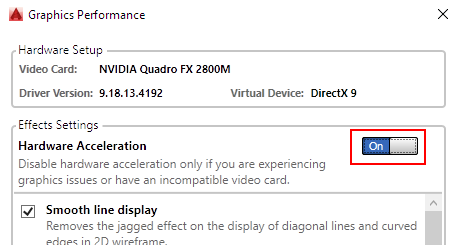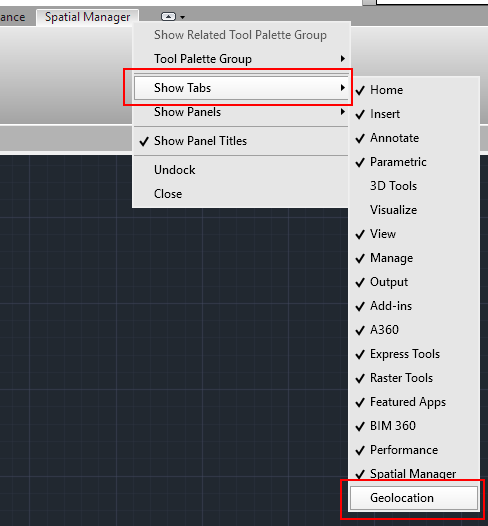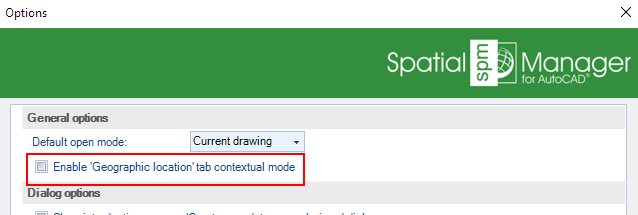Spatial Manager™ for AutoCAD - FAQs: Background Maps ("Standard" and "Professional" editions only)
Introduction
- Objective of this section
- To learn how to show image Maps in the Background of the drawings, which can enhance their quality as well as make them more understandable
- Topics in this section
- Select 'Background Maps' models
- Show / Hide 'Background Maps'
- Reference for 'Background Maps'
- Configure User 'Background Maps'
- Use Spatial Manager™ 'Background Maps' side by side with the 'Online Maps' of AutoCAD
- Some other tools such as "Refresh" or Regen and "Clean" the 'Background Map' under special conditions
- Take "Snapshots" of the 'Background Maps'
- Print drawings including 'Background Maps'
Note: some components in the below windows pictures (providers, names, windows look, etc.) may be slightly different to those that will appear on your computer
How can I display a 'Background Map' in the drawing?
You can select an image map model to show as 'Background Map' in the drawing by executing the 'SPMBGMAPSHOW' command of Spatial Manager™ for AutoCAD, which you will find in the "Spatial Manager" AutoCAD ribbon. This will open the "Background Map" window allowing you to select a model from the Maps list. You can find the list arranged using different Groups (Tabs) for the different preset Providers (OpenStreetMap, Mapbox, etc.) and the User groups (see how to Configure User 'Background Maps'). The image of the 'Background Map' is automatically adapted to the current drawing view and it will be automatically fitted when the drawing view changes (zoom, pan, etc.). Compatibility note: the 'Background Maps' are shown properly in the PLAN view of the WCS in the Model space, but the results in other views as well as in the Layouts are unpredictable
To change the image model map for the 'Background Map', you can execute again the 'SPMBGMAPSHOW' command. The "Background Map" window will display emphasized the current image map model, which you can keep by clicking in the "OK" button. Click in another model if you want to change to this model
Background Map models list window
Background Map sample
Drawing view behavior when selecting a 'Background Map' and the "Zoom to the map" option:
- There no are objects in the drawing
- If the current view does not intersect the 'Background Map' extent or "Zoom to the map" has been selected, then the view fits to the 'Background Map' extent
- Otherwise the view does not change. For example when you select a different 'Background Map' from the current one, since it is not usually interesting to lose the current view in the drawing
- There are objects in the drawing
- "Zoom to the map" selected
- If the drawing extent intersects the 'Background Map' extent, then the view fits to the drawing extent (the same effect that AutoCAD "Zoom Extents")
- Otherwise the view fits to the 'Background Map' extent
- "Zoom to the map" not selected
- The view does not change. If the current view does not intersect the 'Background Map' extent, a warning alerts you about that the selected 'Background Map' is outside the current view
- "Zoom to the map" selected
- In any other case not covered above
- The view does not change
Notes:
- The 'Background Map' extent is the bounding box defined in the corresponding Map Server and sometimes may be greater than the 'Background Map' geographic extent
- See also the "Notes" in the article Need to have some reference in the drawing to use the 'Background Maps'?
How can I hide the 'Background Map' in the drawing?
You can hide the 'Background Map' that is shown in the drawing by executing the 'SPMBGMAPHIDE' command of Spatial Manager™ for AutoCAD, which you will find in the "Spatial Manager" ribbon, toolbar or drop-down menu
If you want to display a 'Background Map', you need to execute the 'SPMBGMAPSHOW' command again
Need to have some reference in the drawing to use the 'Background Maps'?
If the drawing is not empty when 'SPMBGMAPSHOW' is executed, it is necessary that the drawing has been assigned a Coordinate Reference System (CRS) in order that the application "knows how-to" adjust the image of the 'Background Map'. If this is not the case, you can assign a CRS to the drawing (and modify it) using the command 'SPMSETCRS' of Spatial Manager™ for AutoCAD. By executing this command you will access the CRS catalog of the application where you can:
- Filter the CRSs by type (Geocentric, Projected, etc.). The type "Projected" will be selected by default because is the most common choice
- Choose a CRS by clicking on its row in the table
- Search CRSs by typing the search criteria in the "Search" box. You can type here as many words as you like separated by blanks. The application will find all the rows including all these words in any column of the table
- To unassign (undefine) the Coordinate System of the drawing, choose "Undefined CRS" (EPSG 0)
If the drawing is empty when 'SPMBGMAPSHOW' is executed, Spatial Manager™ for AutoCAD will assign the generic "WGS84 / Pseudo-Mercator" (EPSG 3857) CRS to the drawing. This is an approximate projected CRS valid for most areas of the earth which lets you start a drawing with a 'Background Map' as a basic reference
- Notes:
- The 'Background Maps' are only available when using projected Coordinate Reference Systems
- Coordinate Systems objects available in the current version
CRS catalog of the application
Is there any special condition to use the 'Background Maps'?
Certain image maps providers included in Spatial Manager™ for AutoCAD may require special terms of use for the users of their maps. You can configure any special setting needed to load the maps of such providers through the 'Background Maps' selection window ('SPMBGMAPSHOW') or through the application Options ('SPMOPTIONS'). You can also configure and save settings the first time you try to use ('SPMBGMAPSHOW') a 'Background Map' that needs a special configuration
Configure 'Background Maps' through the selection window
Configure 'Background Maps' through the application Options
You can change the settings as often as desired. You can even insert blank values to reset the values of these settings
Sometimes, the image maps provider lets you access to some free maps but you need to get a key or code to use the others. In this case you will see "blocked" the maps which need that you modify the configuration according to the instructions above
Important note: Please, read also the specific license conditions in the paragraph relating to the 'Background Maps' of the application End User License Agreement (EULA)
Is there any way to "repair" or "clean" the image of the 'Background Map'?
There may be situations where the image of the 'Background Map' in the drawing shows up as broken, incomplete, etc. Most of these issues can be solved through a regeneration ('REGEN') of the drawing. However, some problems may appear which require you "to refresh" the image using the 'SPMBGMAPREFRESH' command of Spatial Manager™ for AutoCAD
In certain cases, the image tiles of the 'Background Map' become "orphans", the map is not shown, the frames of the tiles are displayed but these tiles cannot be deleted using AutoCAD commands. 'Spatial Manager™ for AutoCAD' includes the command 'SPMBGMAPIMAGEPURGE' that will delete them
In addition, this command will purge any non-referenced Raster Image in the drawing created using 'SPMBGIMAGE' (Snapshots; see below) and that have been deleted later by the user
Note that when running this command the 'Background Map' will be hidden (if shown) and the complete cleaning process may be time consuming depending on the number of objects in the drawing
Can I configure my own Web Map Services?
Yes, you can. Spatial Manager™ for AutoCAD includes the option to define "User Background Maps" in order to enable the access to more Mapping Services (XYZ / TMS , WMTS or WMS)
Enter the parameters needed to define a new "User Background Map" through the option "Configure Background Maps" in the application Options ('SPMOPTIONS'), or through the "Configure User Maps" button in the Background Maps selection window ('SPMSPMBGMAPSHOW'). As you will see, you can also Edit or Delete any existing "User Background Map" through the same option
"Configure Background Maps" in the application Options
- XYZ / TMS Type Maps (OSGeo Standard, only Pseudo-Mercator WGS84 and 256x256 tiles)
- The Name of the Map
- Each Map will have its own unique Identifier, so you can apply the same Name to different Maps in different Groups
- The Group (Tab) where you want to place the Map. If it comes to a new Group, it will be automatically created. You can dropdown the list of the Groups to place the Map into an existing Group
- The Type of the Map (XYZ / TMS in this case)
- The URL to access a specific valid Map in a valid Map Server. The URL must include the dynamic parameters specified in the application window
- Authentication: To enter the login data to access the service, if needed
- The Name of the Map
- WMS or WMTS Type Maps (OGC Standard, any Coordinate System and tile size)
- The Name of the Map
- The application will you propose a name for the Map based on the selected Layer(s) in the server (see below), but you can modify it if you want to
- Each Map will have its own unique Identifier, so you can apply the same Name to different Maps in different Groups
- The Group (Tab) where you want to place the Map. If it comes to a new Group, it will be automatically created. You can dropdown the list of the Groups to place the Map into an existing Group
- The Type of the Map (WMS/WMTS in this case)
- The URL to access a valid Map Server
- Authentication: To enter the login data to access the service, if needed
- The Layer(s) that you want to include in the 'Background Map'. Click in the "Get List of Layers" button and select the Layer(s) from the tree showing the complete Layers structure available in the Map Server
- The Coordinate System (CRS) for the selected Layer(s). Choose an available CRS or "Automatic" from the "Coordinate System" dropdown
- The default "Automatic" option automatically configures the map CRS trying to find the best choice, by following the next process:
- The same CRS as the current drawing CRS
- If not available the previous one, then the CRS "WGS 84 / Pseudo-Mercator (SRID 3857)"
- If the previous one is not available either, then the first CRS available in the server list
- Note: This setting is a dynamic option because the application will reload the map whenever there are changes of the drawing CRS
- The default "Automatic" option automatically configures the map CRS trying to find the best choice, by following the next process:
- The Image Format for the selected Layer(s). Choose an available Format from the "Image Format" dropdown
- The default "Automatic" option automatically sets the most suitable Image format, by following the next process:
- PNG
- If PNG is not available, then any PNG variant (PNG8, etc.)
- If the previous option is not available either, then JPG
- If JPG is not available, then the first format available in the server list
- The default "Automatic" option automatically sets the most suitable Image format, by following the next process:
- The Download method from the server: "Single image (recommended)" or "Image tiles grid" (WMS only)
- The Coordinate System (CRS) for the selected Layer(s). Choose an available CRS or "Automatic" from the "Coordinate System" dropdown
- The Name of the Map
Notes about the WMS/WMTS 'Background Maps' performance:
- Whenever possible select the Coordinate System (CRS) assigned to the drawing in the 'Background Map' configuration
- No CRS Transformation implies avoiding the deformation of the Map images while maintaining their original visual quality
- In most cases, the default "Automatic" option (see above) is the best one
- When configuring the "Download method" for a WMS 'Background Map', choose the default option "Single image (recommended)" whenever possible
- The image quality is optimum
- This choice will assure that not be shown texts or other elements repeated multiple times when they appear in more than one image tile
- The alternative "Image tiles grid" should be used only when the "Single image" option becomes too slow
- Select any compressed image format (PNG, JPG, etc.) if available
- The images will be smaller resulting in shorter download times
- In most cases, the default "Automatic" option (see above) is the best one
- See also "How can I improve the performance of the 'Background Maps' in AutoCAD?"
When configuring a User Map, clicking in the "Show Preview" button will display an image of the Map extension in order to help you verifying if all settings are correct. The "Preview" image will be automatically updated when you modify any configuration parameter
Click in the "Save" button to save the Map and exit, or click in the button "Save as a copy" to save the Map and stay on this window. This option allows you to quickly create various Maps using similar configurations without having to go out and come back again and again. For example, in the case of WMS/WMTS Maps it is very useful for easily creating different Maps that include different Layer(s) of the same source
Does the 'Background Maps' technology support Transparent maps?
Yes, Spatial Manager™ for AutoCAD supports 'Background Maps' that include Transparency information. Using Transparent maps will allow you to get visually richer maps by combining different map models in your drawings. You can further improve this feature if you use it in conjunction with the "Snapshots" (see the next section)
Note: Transforming coordinates of the resulting images of a map (if needed), it is a little slower when a Transparent 'Background Map' is shown in drawing
Is there any way to get static "Snapshots" of the 'Background Maps'?
Yes, Spatial Manager™ for AutoCAD includes the command 'SPMBGMAPIMAGE' that allows you to create (capture) an AutoCAD Raster Image corresponding to the display view of the current 'Background Map'
As you will see, you can choose between four levels of image quality for the new Raster Image, and the drawing must be saved so that the application "knows" a location where the new image can be stored
This command allows you many advanced graphic options when using 'Background Maps' as well as solving some Printing issues, which are discussed in the next paragraph
Is it necessary to have some special consideration when Printing or Plotting 'Background Maps'?
When Printing/Plotting from AutoCAD you have to be aware that the only way to be sure about the appropriate printed results will be by running the process from the Model Space and selecting "Display" as the "Plot area" (see the first image below). In other cases the results may not be correct and it would be necessary to apply the following workaround
To Print or Plot any other area of the Model Space, or do it from the Paper Space, or Publishing, etc., the use of the Raster Images captured as indicated in the previous article may be the best solution. In the case of Paper Space Viewports, note that these Raster Images are AutoCAD objects which will allow you to "play" with different possibilities depending on the Layer where they are included and how this Layer is configured in the different Viewports (see the second image below)
How can I improve the performance of the 'Background Maps' in AutoCAD?
If you find bugs or decreases in the performance of Spatial Manager™ for AutoCAD when showing 'Background Maps', you can try to turn off the AutoCAD 'Hardware Acceleration'. This setting may be essential when your system incorporates some specific graphic cards
'Hardware Acceleration' switch in AutoCAD 2016. This setting may be different in other AutoCAD versions
Can I use the 'Background Maps' and the 'Online Maps' of AutoCAD?
AutoCAD includes the option to display 'Online Maps' (from 2014 version), in a similar way to Spatial Manager™ for AutoCAD when showing 'Background Maps'. The technologies used in both cases are slightly different. The Spatial Manager™ for AutoCAD 'Background Maps' can be selected from many more map providers and the application of these Maps in the drawings will be easier to use for most basic and medium users. Using the 'Background Maps' of Spatial Manager™ for AutoCAD will not prevent you from also working with the AutoCAD 'Online Maps'. Use one or the other, whichever you prefer at any given time
AutoCAD includes a Ribbon Tab named 'Geolocation' to control the 'Online Maps', as well as any other available AutoCAD Geographic tool
This Tab is automatically loaded and displayed every time you access a Geographic command in a contextual mode (quite annoying behavior, indeed). When you install Spatial Manager™ for AutoCAD this feature is disabled by default, but you can:
- Open the Tab only when you need it through the right-click menu of the AutoCAD Ribbon:
- Or, restore the AutoCAD default behavior in the Spatial Manager™ for AutoCAD Options (Exit/Enter AutoCAD to take effect):
Related links
- V3: Amazing Background Maps in AutoCAD
- Ordnance Survey in AutoCAD
- OpenStreetMap “classic look” in AutoCAD
- Snapshots of Background Maps
- Support for Ordnance Survey – Schema 9 products
- Background Map Layer in exported PDFs

